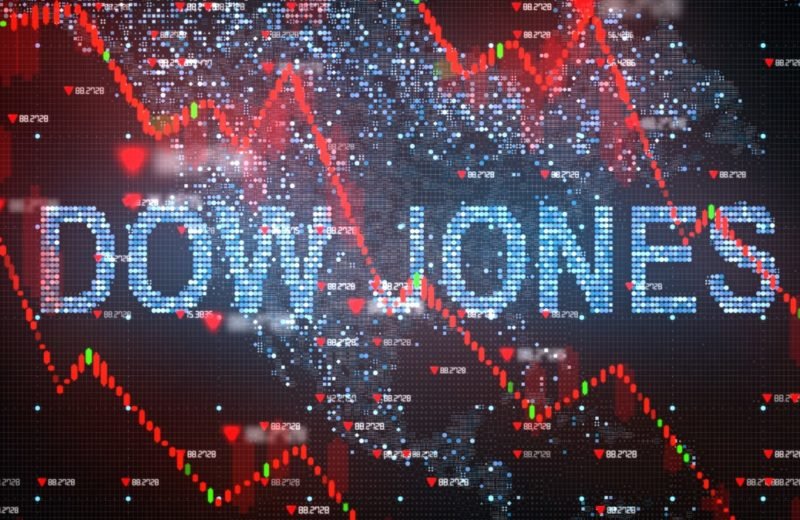The Tech sector is one of the most prosperous on the market. Most of the stocks suffered massive losses during the pandemic, but tech companies mostly persevered. Medical shares gained due to their research around coronavirus and its vaccine, or research around other diseases. However, internet and other tech stocks surged forward, as people began spending more time with computers during the lockdowns.
Anaplan is one of the successful firms. It has over 1,400 customers worldwide. The company develops cloud-based SaaS platforms, which helps its customers to improve planning and decision-making in real-time.
It seems coronavirus hasn’t hindered the company, quite the opposite, in fact. CEO Frank Calderoni thinks that the pandemic has made Anaplan products and offerings even more desirable. According to him, the stock’s first-quarter results reflect the impact of COVID-19, but they believe the need for a digital connected planning platform will become stronger.
During the pandemic and with the following uncertainty, traditional planning will no longer work. Anaplan is confident in the demand for its Connected Planning solution as companies look to drive digital adaptations in order to adapt to the rapid pace of change.
Anaplan’s shares have skyrocketed by 60% since mid-March, and they increased by another 1.6% on Wednesday. However, Anaplan stock has to gain an additional 23% before it hits its 52-week highs. The firm also surpassed its first-quarter earnings estimate at the end of May. Its total quarterly revenue rose by 37%, while subscription sales grew by 44%.
Is it a good time to buy this stock?
Experts recommend grabbing Anaplan shares now, as they are trading at a 45% discount compared to their 12-month highs. The stock’s fiscal 2021 revenue may soar by 25%, with FY22 expected to come in another 26.3% higher.
Furthermore, Anaplan has crushed experts’ bottom-line estimates by an average of 32% in the four trailing periods. The company’s adjusted full-year loss may come in flat from the period a year ago, before being cut almost in half in FY22 at -$0.26 a share.















